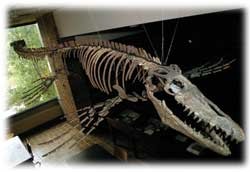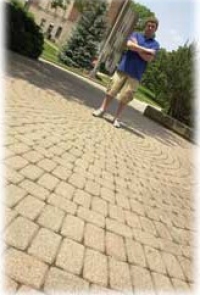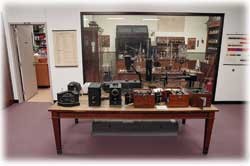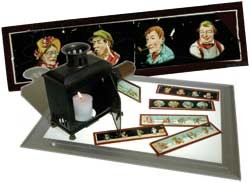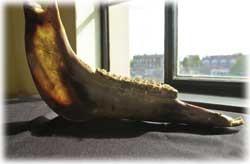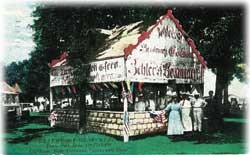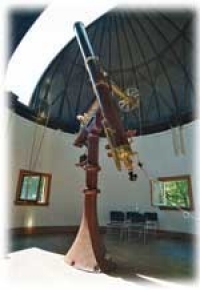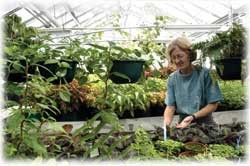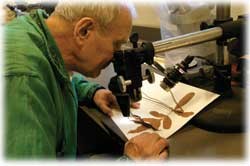Campus may not be on any AAA Tourbook, but it has galleries galore, from art to natural history.
by Deborah Rieselman
The next time you want to visit a museum, try an obscure place full of fascinating collections, but far from the beaten path. Try the University of Cincinnati.
UC has many museum-caliber exhibits -- with only two drawbacks: Exhibits are spread over an entire campus, and admission often requires an appointment. The bonus side? No lines and lots of personal attention.
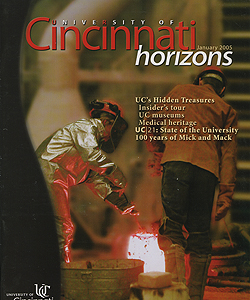
 Past Issues
Past Issues